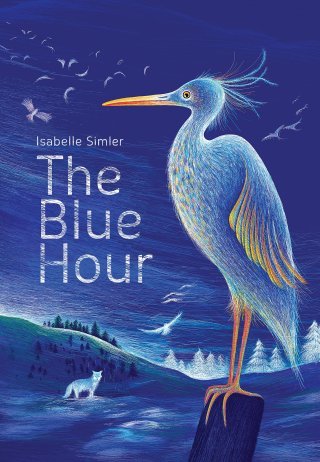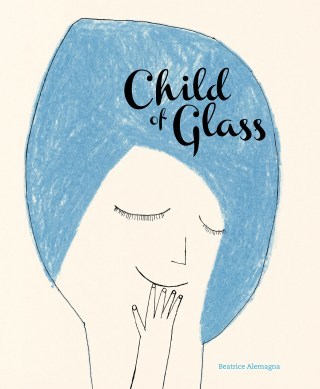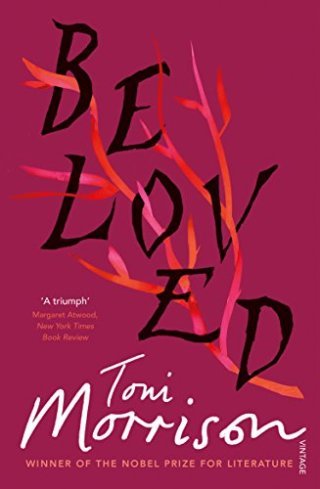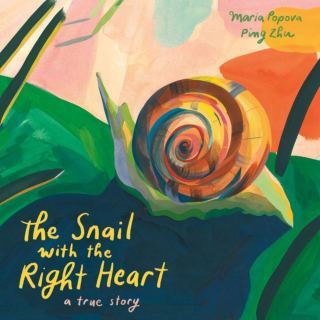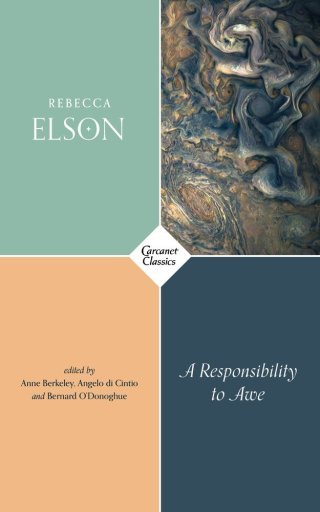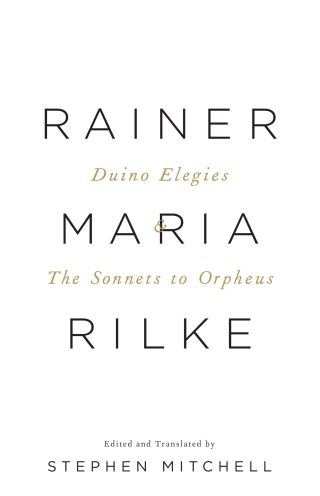Maria Popova's Blog, page 95
January 14, 2021
The Blue Hour: A Stunning Illustrated Celebration of Nature’s Rarest Color
Blue, Rebecca Solnit wrote in one of humanity’s most beautiful reflections on our planet’s primary hue, is “the color of solitude and of desire, the color of there seen from here… the color of longing for the distances you never arrive in, for the blue world,” a world of many blues — a pioneering 19th-century nomenclature of colors listed eleven kinds of blue, in hues as varied as the color of the flax-flower and the throa...
January 12, 2021
Dignity, Daring, and Disability: The Pioneering Queer Composer and Defiant Genius Ethel Smyth on Making Music While Going Deaf
“Tell me nothing of rest,” the young Beethoven bellowed when he began losing his hearing, resolving to “take fate by the throat” despite his disability. A century later, another trailblazing composer of uncommon artistic ability took her own fate by the throat as she faced the same embodied disability.
 Ethel Smyth, early 1900s
Ethel Smyth, early 1900sAs a young woman, Ethel Smyth (April 22, 1858–May 8, 1944) had weathered her father’s wrath at the clarity with whi...
January 9, 2021
Conchology, or, the Natural History of Shells: Stunning 19th-Century Illustrations from the World’s First Pictorial Encyclopedia of Mollusks
A century-old annual report by one of the greatest public-good institutions our civilization has produced — New York’s Cooper Union, site of the speech that bewinged Lincoln’s ascent to the presidency, alma mater to some of the most visionary artists and thinkers of ...
January 7, 2021
Why We Like What We Like: Poet and Philosopher George Santayana on the Formation and Confirmation of Our Standards and Sensibilities
In the 1850s, Emily Dickinson’s passionate first love shaped her uncommon body of work for a lifetime to come, shaped the spare and searing poems that would go on animating lives for generations to come.
In the 1950s, Rai Weiss fell in love with a pianist, fell in love with his lover’s passion for music, and went on to invent the colossal instrument that captured the sound of spacetime, revolutionizing o...
January 6, 2021
Child of Glass: A Soulful Italian Illustrated Meditation on How to Live with Our Human Fragility
“To be a good human being is to have a kind of openness to the world, an ability to trust uncertain things beyond your own control,” philosopher Martha Nussbaum observed in contemplating how to live with our human fragility. The monumental challenge, however, is that of sculpting such trusting openness from the messy elemental vulnerability of being human, at times too tender to ...
January 3, 2021
Toni Morrison on the Body as an Instrument of Joy, Sanity, and Self-Love
Thinking lately about what it means to have the right heart, which intimates the question of what it means to tend to one’s own heart rightly, I was reminded of a passage from what may be the loveliest, truest, most quietly transcendent thing ever written about the art of growing older: “The main thing is this,” Grace Paley wrot...
January 2, 2021
The Snail with the Right Heart: A True Story
Great children’s books move young hearts, yes, but they also move the great common heart that beats in the chest of humanity by articulating in the language of children, which is the language of simplicity and absolute sincerity, the elemental truths of being: what it means to love, what it means ...
December 31, 2020
New Year’s Eve: Astronomer and Poet Rebecca Elson’s Spare, Stunning Meditation on the Mystery of Being
What is it about the human animal that impels us to interrupt the elemental elegance and perpetual incompleteness of a perfect ellipse with an arbitrary point we call a beginning? And yet here we are, once every three hundred and sixty-some days, marking the start of a new year as gravity — a force outside time and outside space, acting instantaneously on each body across limitless distances, holding the universe together — goes on d...
December 29, 2020
The Best of Brain Pickings 2020
Like every year, this annual glance over the shoulder of time is a composite of the essays that most resonated with readers and those I most enjoyed writing, the overlap being always significant but always the Venn diagram of a partial eclipse rather than a perfect totality.
Even more so than other years, in this particularly trying year, it has been curious to ob...
December 25, 2020
How to Live with Our Human Limitations: Physicist Brian Greene Reads and Reflects on Rilke’s Profoundest Elegy
In the bleak winter of 1922, a “hurricane of the spirit” swept the ailing and downtrodden Rainer Maria Rilke (December 4, 1875–December 29, 1926) into a rapture of creative vitality. Within a week, he had written his now-iconic Sonnets to Orpheus and completed the suite of ten elegies he had begun...

